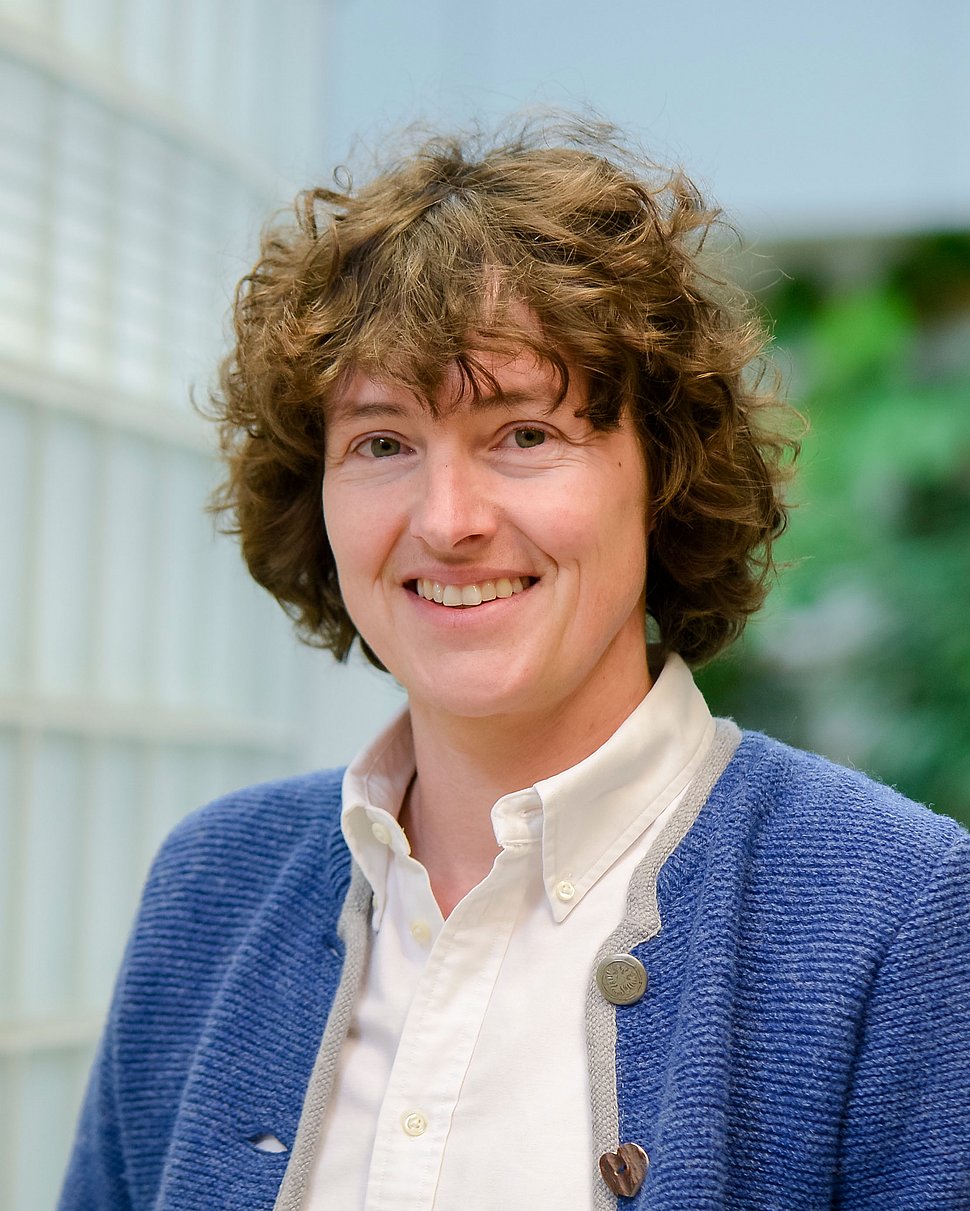Life as a matter of function – DLS talk by Petra Schwille
The Distinguished Lecturer Series had another high-profile guest in February: MPI of Biochemistry Director Prof. Petra Schwille visited MPL to talk about her work trying to create functioning cells from nonliving materials.

Petra Schwille has set the bar high for herself and her team. She wants to create a living cell from nonliving parts and answer the question: How did biology come from chemistry? She explains: “Many biologists know the pain: You get fantastic data in a test tube and then you look at a biological organism and it immediately gets much noisier.” She goes on to explain, that there is a fundamental problem facing biologists: Biological organisms are extremely complicated, down to the most basic cells. Biology lacks a shared basic unit, that complex structures can be broken down into. She and her team aim to change this.
Today, all living cells come from other living cells. But, as Prof. Schwille points out, there must have once been a first cell, assembled from nonliving parts — the point where chemistry became biology. And she says: “Because it happened once, it must be possible for it to happen again.” In the remainder of the hour of her talk, Petra Schwille shows the difficulties of attempting to recreate such a basic cell. She explains what is necessary for creating a system that would be considered as “living” and talks about why they want to use proteins as their building blocks for the basic cell. She shows E.Coli bacteria cells that oscillate, thus reorganizing the molecules inside the cells. She also mentions how it was Katja Zieske, currently a research group leader at MPL, who first figured out how to replicate this oscillation in their own, as-of-yet nonliving system. They want to ultimately use this oscillation as a driver for cell division, as that is how it functions in the E-Coli cells. It is a long process however, and division is not the only thing that this new first cell will have to be able to do. There are still an information unit and any form of metabolism missing from it, which will be the next problems to tackle after the cell division.
In the final minutes at the end of her talk, Petra Schwille switches to a different topic in the field of imaging technology and concludes by demonstrating how the method of iSCAT is ideally suited for observing proteins. You can watch Petra Schwilles entire talk on our Youtube-Channel here:
Kontakt
Edda Fischer
Leitung Kommunikation und Marketing
Telefon: 09131 7133 805
MPLpresse@mpl.mpg.de





